Never work anywhere that doesn’t have good potlucks. I don’t mean Doritos, Skittles, and diet soda in the break room. I’m also not talking about the boss ordering pizza to be consumed at a team meeting. This move is at best a bribe, and at worst a way to circumvent wage-hour laws by imposing on hourly workers’ lunch breaks. I mean real food prepared (or at least purchased by) coworkers and shared in a break room or other venue without a work-related meeting attached. The occasion can be a birthday, holiday, or any random Tuesday.
Why are potlucks good for the workplace? Sharing food encourages conversation and boosts morale. That “awesome culture” that most online job postings boast is just a bogus buzzword unless there are spontaneous human interactions to get acquainted and spark creativity. You learn about your coworkers’ backgrounds and cultures through their food contributions. My current department has numerous immigrants and first-generation Americans, along with some who can trace their ancestries in North America back before the Declaration of Independence was signed. You also learn who the good cooks and bakers are in the group. One coworker is from the South and makes a mean sweet potato pie. Conversely, you learn those who lean on other purveyors for their excellent offerings. A former colleague of mine in North Carolina specialized in bringing Boston cream pie from the neighborhood Harris Teeter. A current coworker has a source for killer lumpia (Filipino egg rolls). Those coworkers who wouldn’t know real food if it bit them back can always bring plates, cups, cutlery, and drinks.
Holidays are always a good excuse for a potluck. In the old days, our floor at the medical center where I worked had a legendary holiday party. One of the gastroenterologists would concoct a punch from Austrian wine, fruit juice, soda, and Everclear. The rest of us brought food of various kinds in a vain attempt to sop up the alcohol. My first year we entertained the masses with “Rudolph the Rachitic (vitamin D-deficient for you non-nutrition folk) Reindeer”, accompanied by my friend Karen on the accordion. We also wrote “Another One Passed a Stone” for the occasion, but didn’t perform that number.
The most memorable potluck from those days was a birthday party for one of my coworkers. At the time, I was in the hospital next door recovering from a serious auto accident. It had been a rocky two weeks, most of which I can’t recall (fortunately). That morning a box of Froot Loops appeared on my breakfast tray. Hospital cuisine is not known for being highbrow, but that was a new low. My coworkers, including the aforementioned Karen, dressed me up and smuggled me out of the hospital for the potluck. Although my appetite wasn’t very good, I do remember enjoying a decent-sized plate of food at that party. The company of my coworkers (including my boss, who rarely attended our potlucks) went a long way toward improving my resolve to get back on my feet.
If you truly want to promote interactions between your coworkers, consider regular potlucks. They can nourish the bodies and souls of the group. Bon appétit!


![IMG_1179[1]](http://ediblethoughts.com/wp-content/uploads/2015/05/IMG_11791-e1430628265648-500x375.jpg)
![IMG_1173[1]](http://ediblethoughts.com/wp-content/uploads/2015/05/IMG_11731-375x500.jpg)
![IMG_0886[1]](http://ediblethoughts.com/wp-content/uploads/2015/05/IMG_08861-e1430628602254-373x500.jpg)

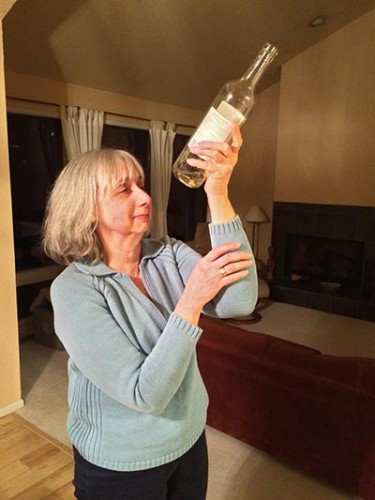
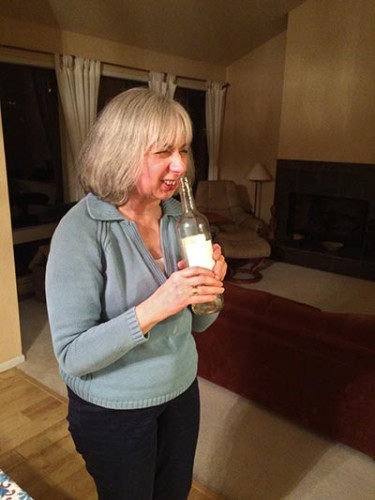

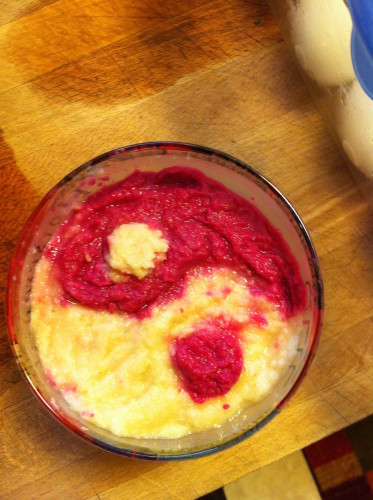
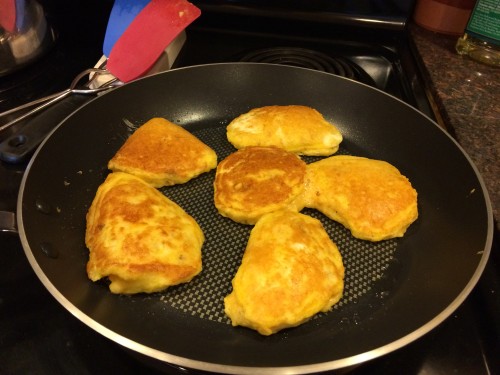
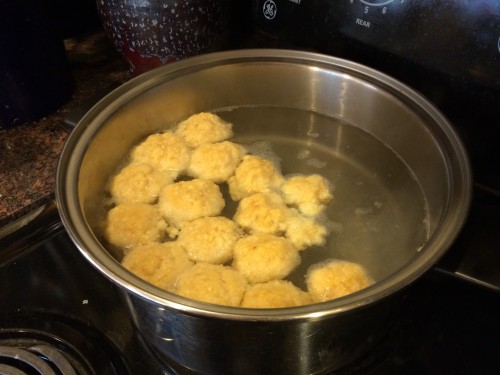
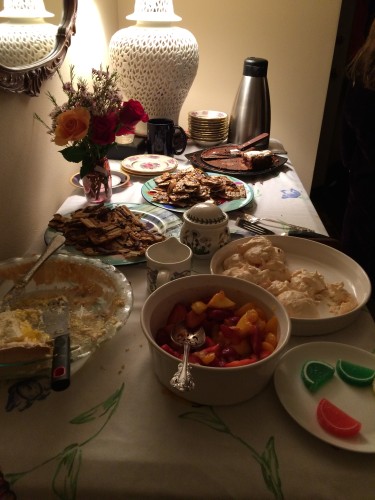
Recent Comments